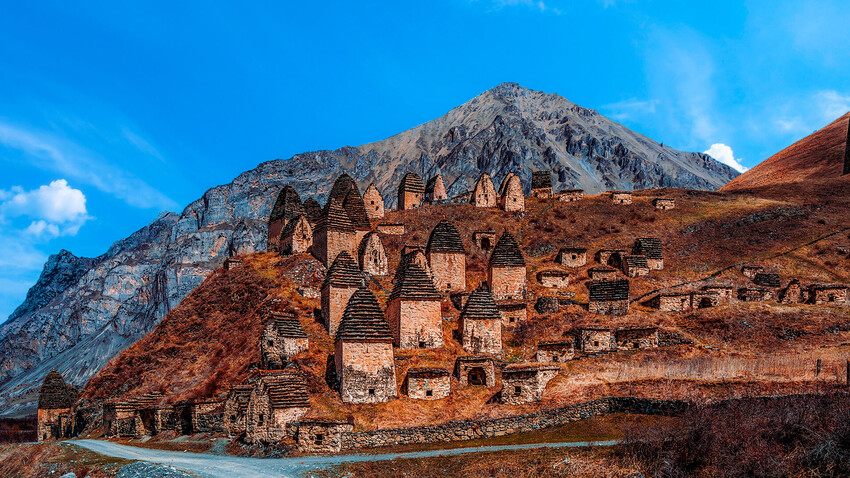
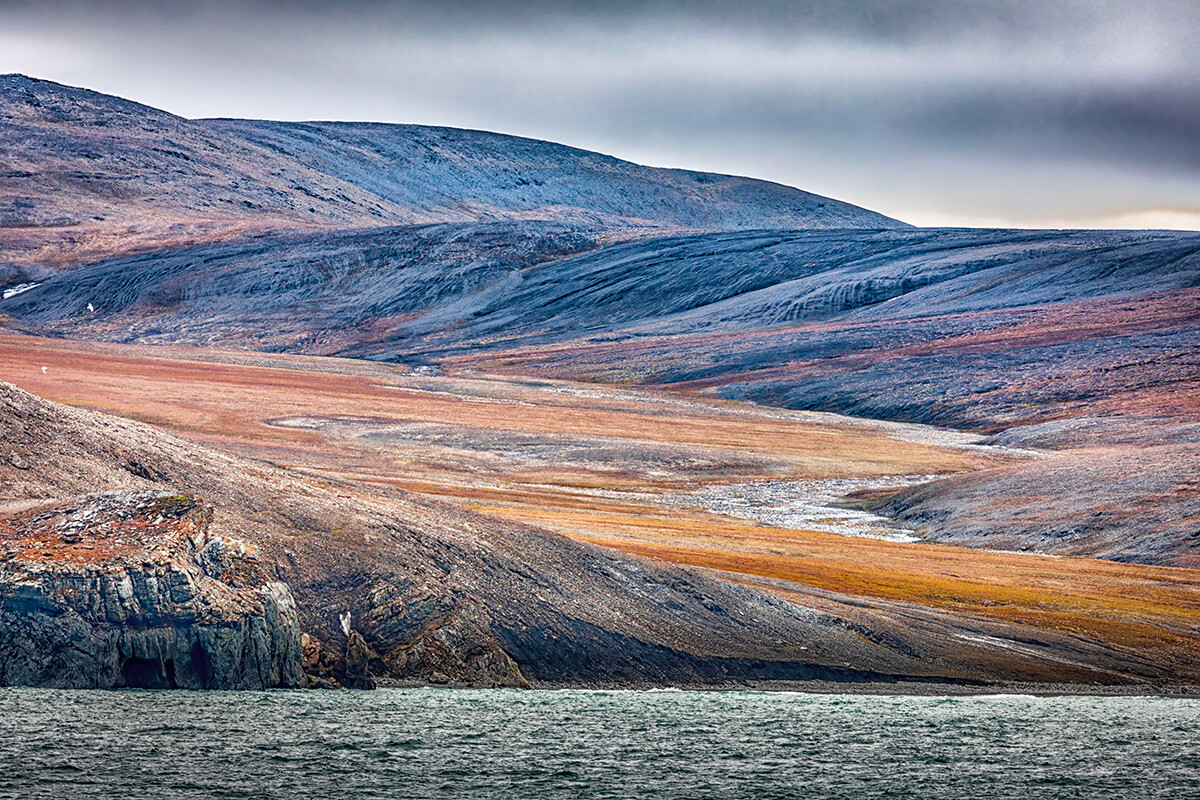
Lost in the Arctic Ocean, this island is located on the border of the Western and Eastern Hemispheres. Its hilly landscape resembles one of the Game of Thrones locations. But, the games played there are more courting and nursery games than geopolitical games – that’s because polar bears mostly breed there.
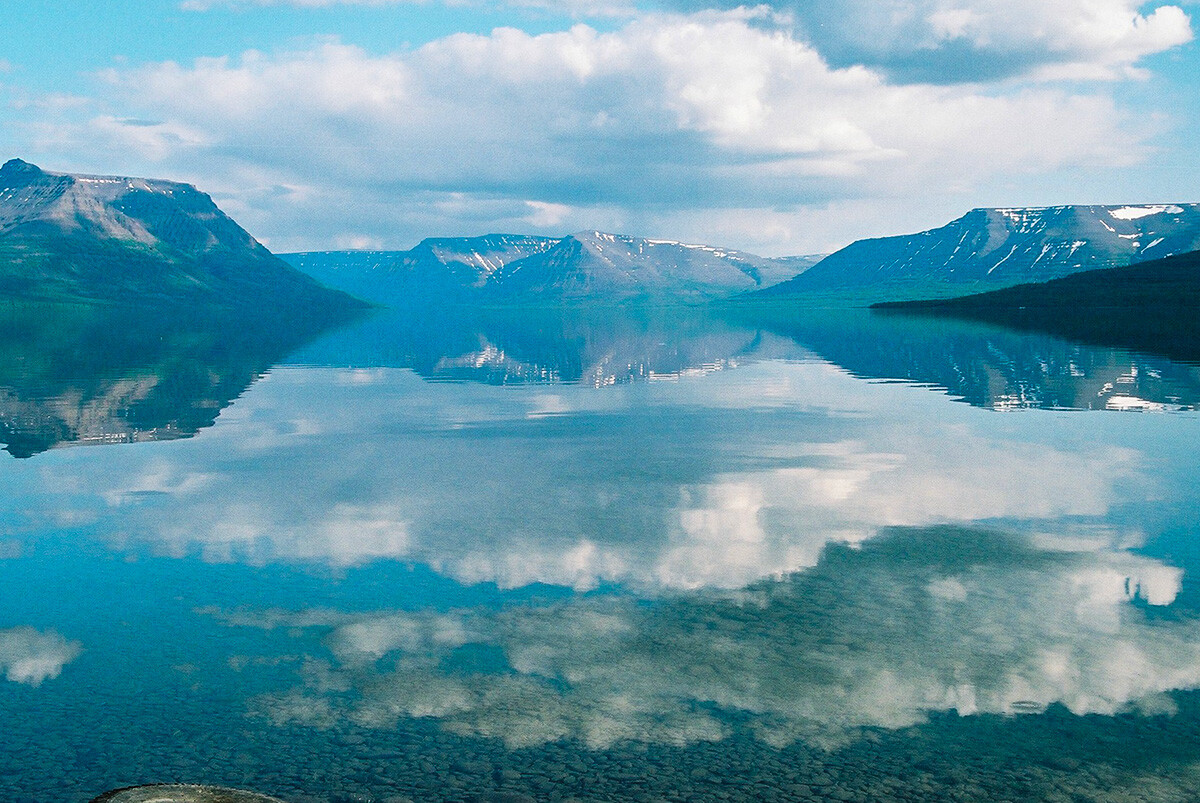
The name of the mountain range translates as “lakes with steep banks” or “mountains without peaks”. Reindeer, elk, wolverines and bears live there. Many lakes, rivers and waterfalls are hidden in the gorges and valleys of the plateau, including the highest in Russia – Talnikovy. Its stream falls from a height of 600 meters. By the way, the geographical center of the country is located on the plateau – it passes through Lake Vivi.
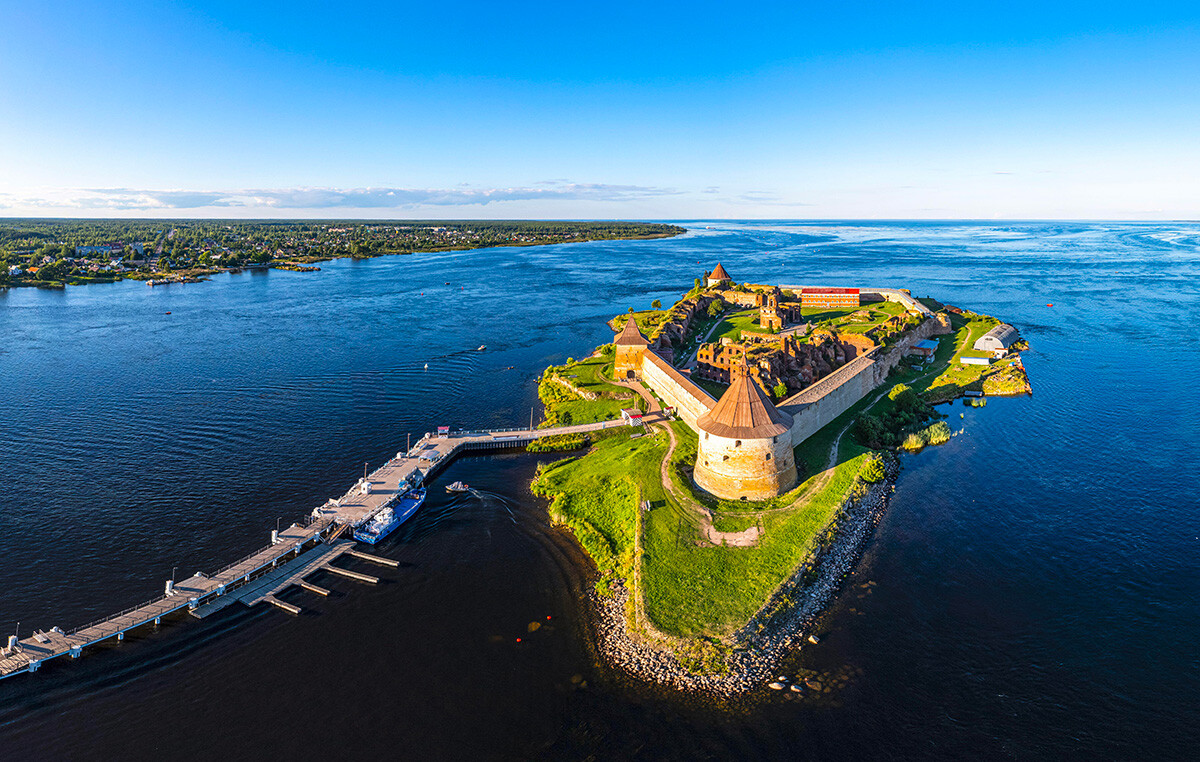
The 14th-century fortress stands on the island of the same name at the mouth of the Neva. Oreshek has a dark history: for a long time, there was a prison there. The first prisoners were the sister and first wife of Peter the Great - Princess Maria Alekseevna and Evdokia Lopukhina. Later, the Decembrists were kept there.
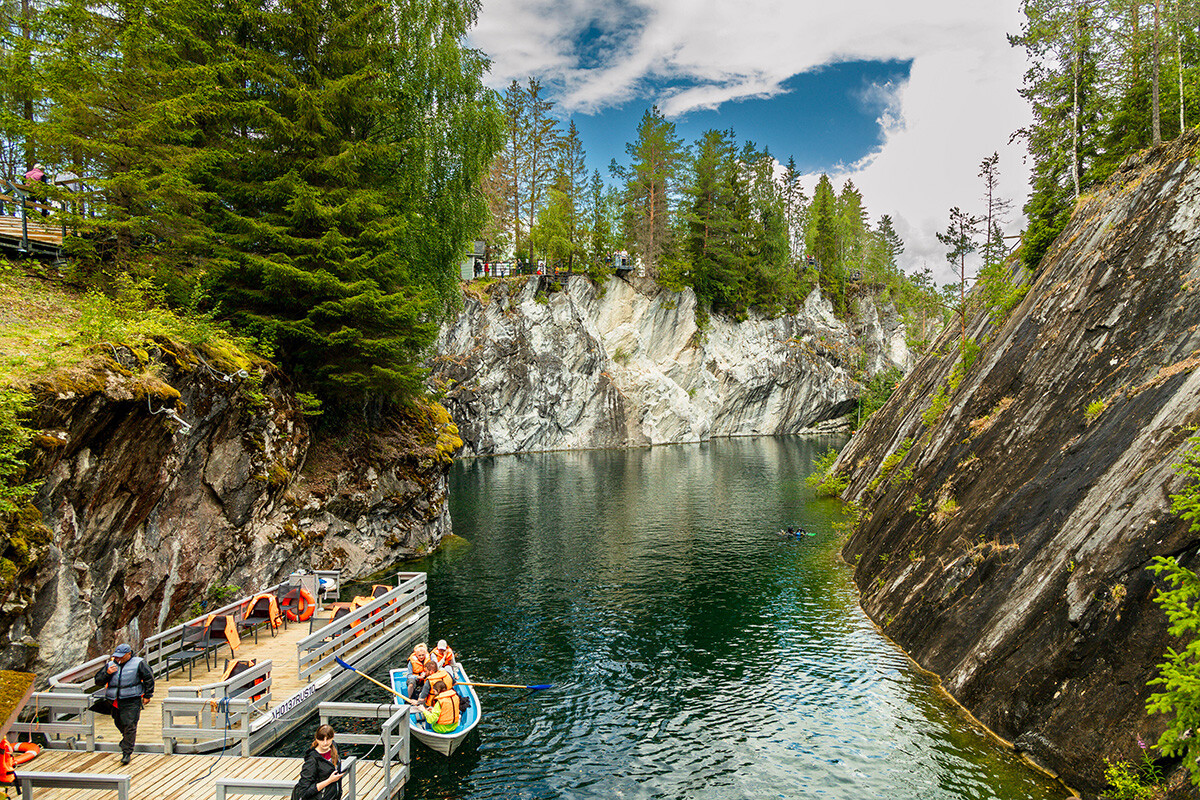
Marble of different shades was mined in the Ruskeala quarries in the 18th century for cladding and decorating churches and palaces in St. Petersburg. In the 2000s, the territory of the old quarry, in the bowl of which water now splashes, was turned into a mountain park. You can walk along underground routes - atmospheric lighting is installed in the adits (horizontal or nearly horizontal passages to an underground mine) or even take a bungee jump!
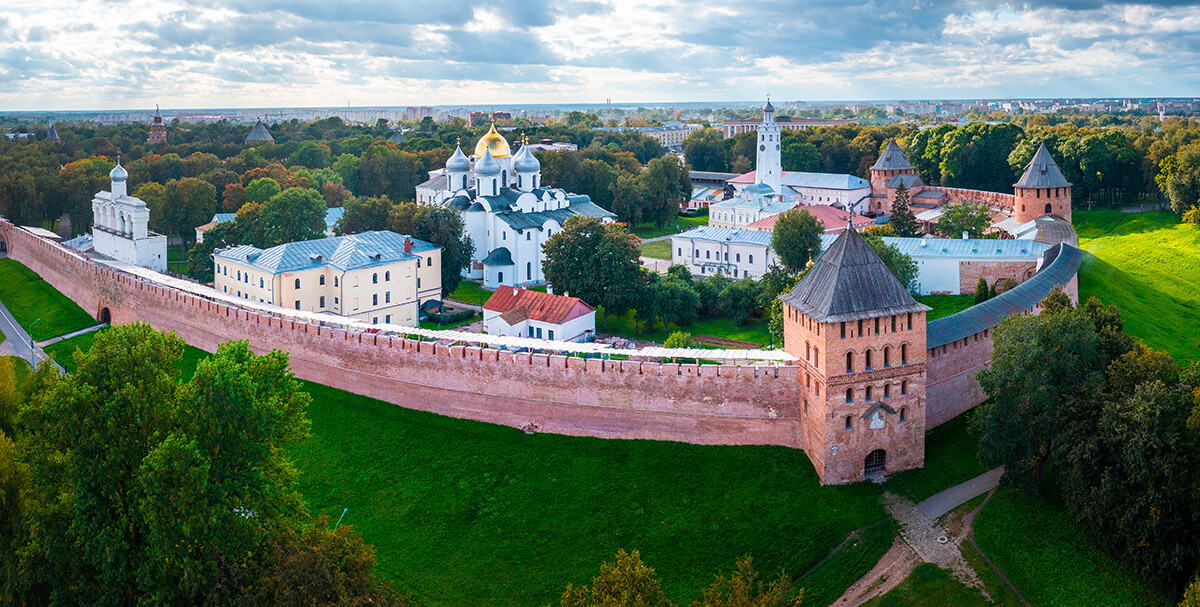
A medieval fortress that is located on the banks of the Volkhov River. One of the most beautiful and oldest churches in Russia - the St. Sophia Cathedral - stands on its territory.
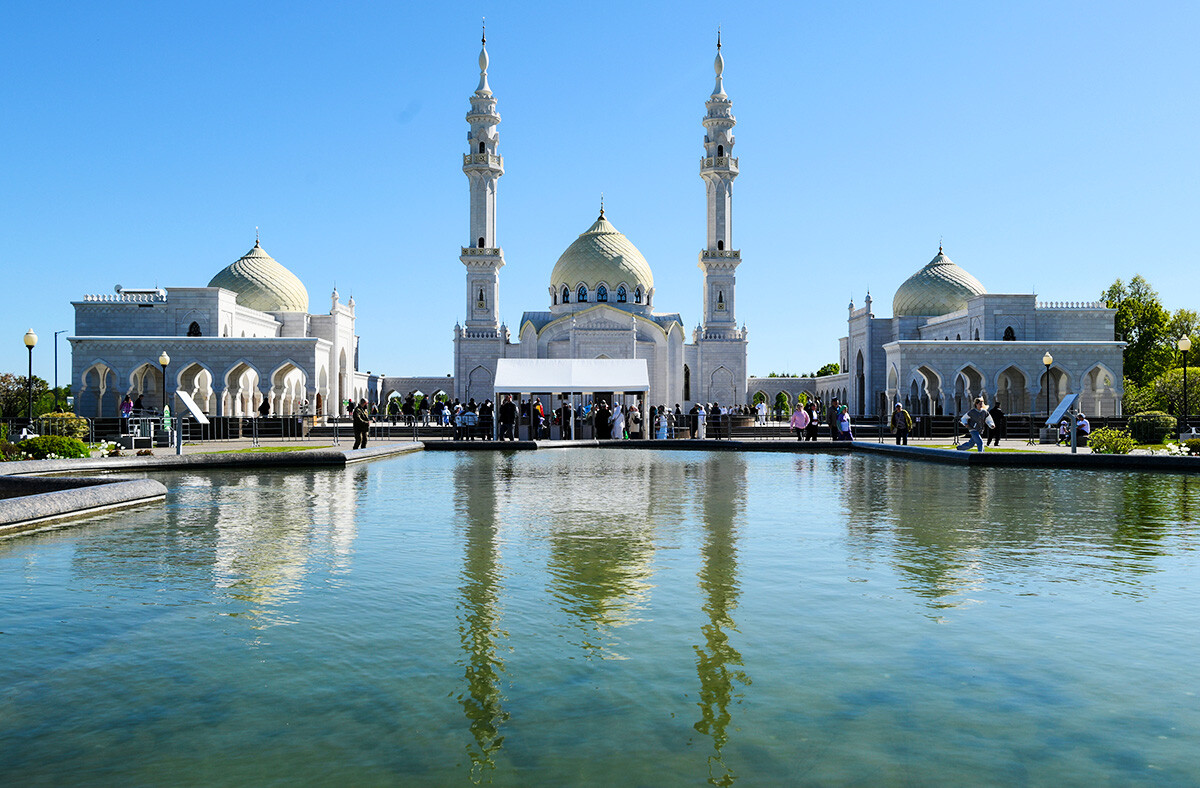
The city of Bolgar is the center of the Volga Bulgaria and the Golden Horde and the main trade gateway, where merchants from the East and Scandinavia came together. It is believed that it was there that the Volga Bulgars, the ancestors of the Tatars, adopted Islam. One of the most beautiful buildings in Bolgar is the White Mosque.
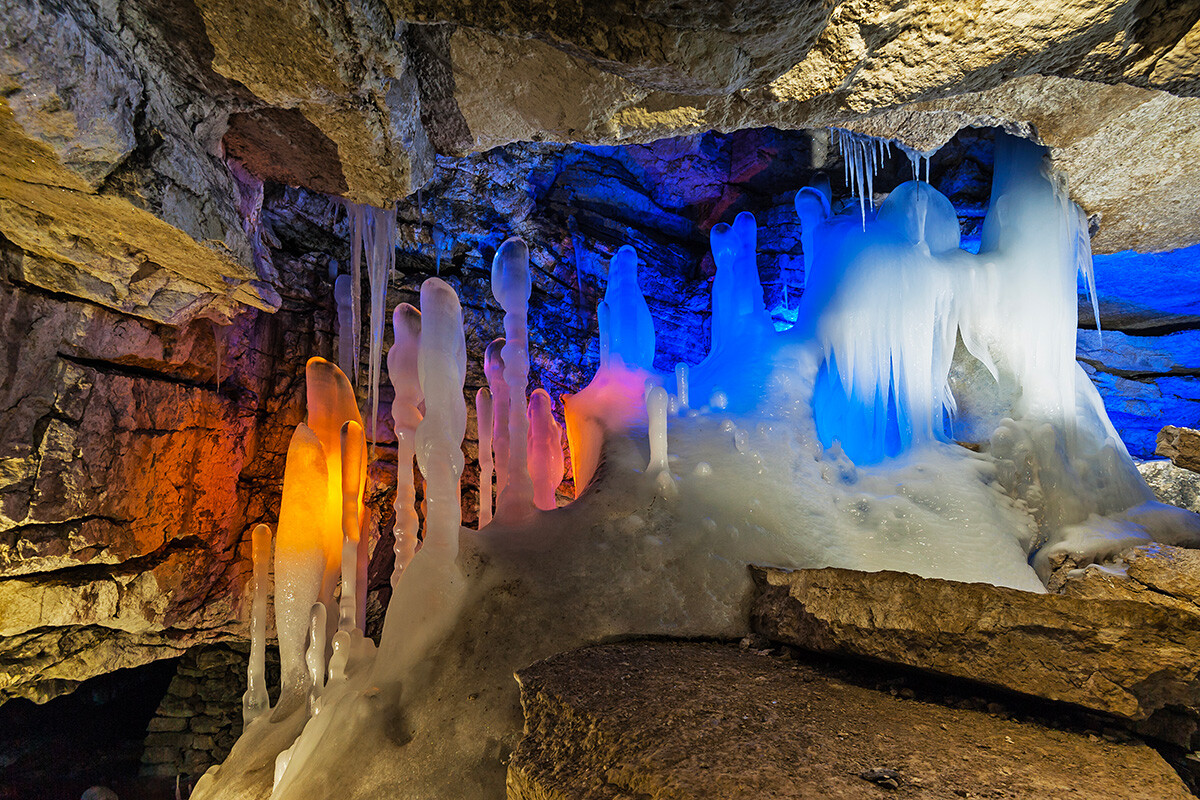
The length of one of the largest karst (a topography formed from the dissolution of soluble carbonate rocks such as limestone, dolomite and gypsum) caves in Russia is more than eight kilometers. Only two of them are open to tourists, but even such a walk through the underground kingdom leaves incredible impressions. The Big Underground Lake and the infernal Dante Grotto and the sparkling frost Diamond Grotto are just to name a few.
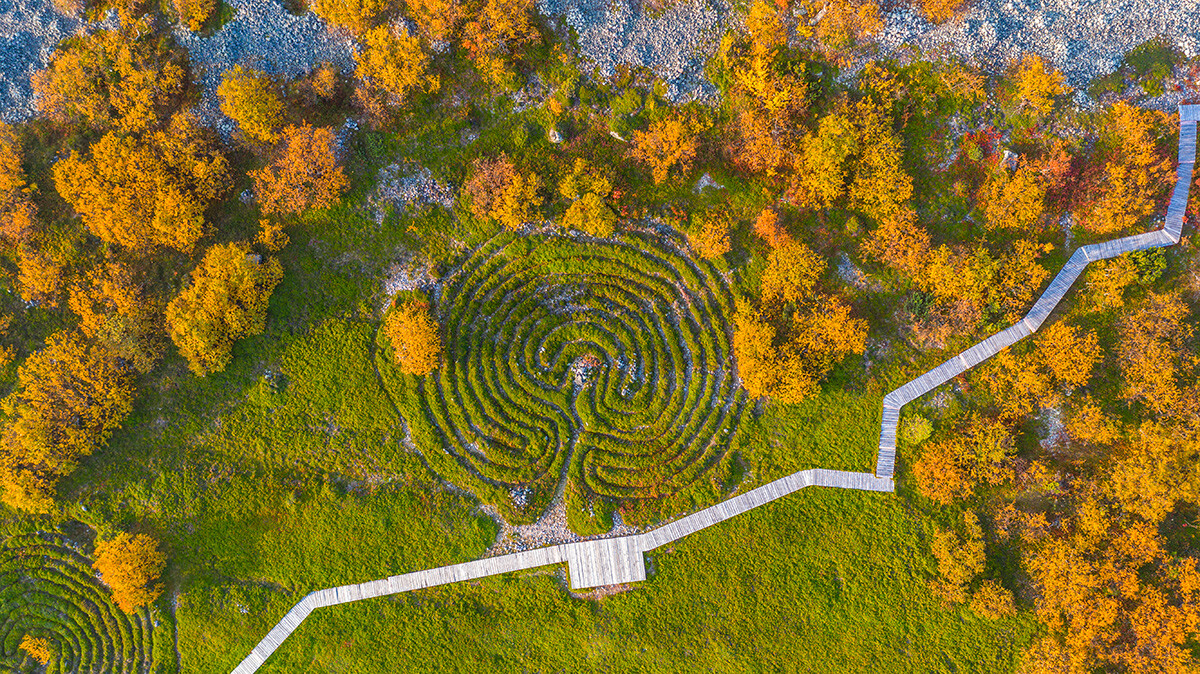
The northern beauty of Solovetsky is discreet, but memorable. Most tourists go there to see the Solovetsky Monastery, founded in the 15th century. And also to see the ancient stone labyrinths of Bolshoy Zayatsky Island and one of the northernmost botanical gardens in the world.
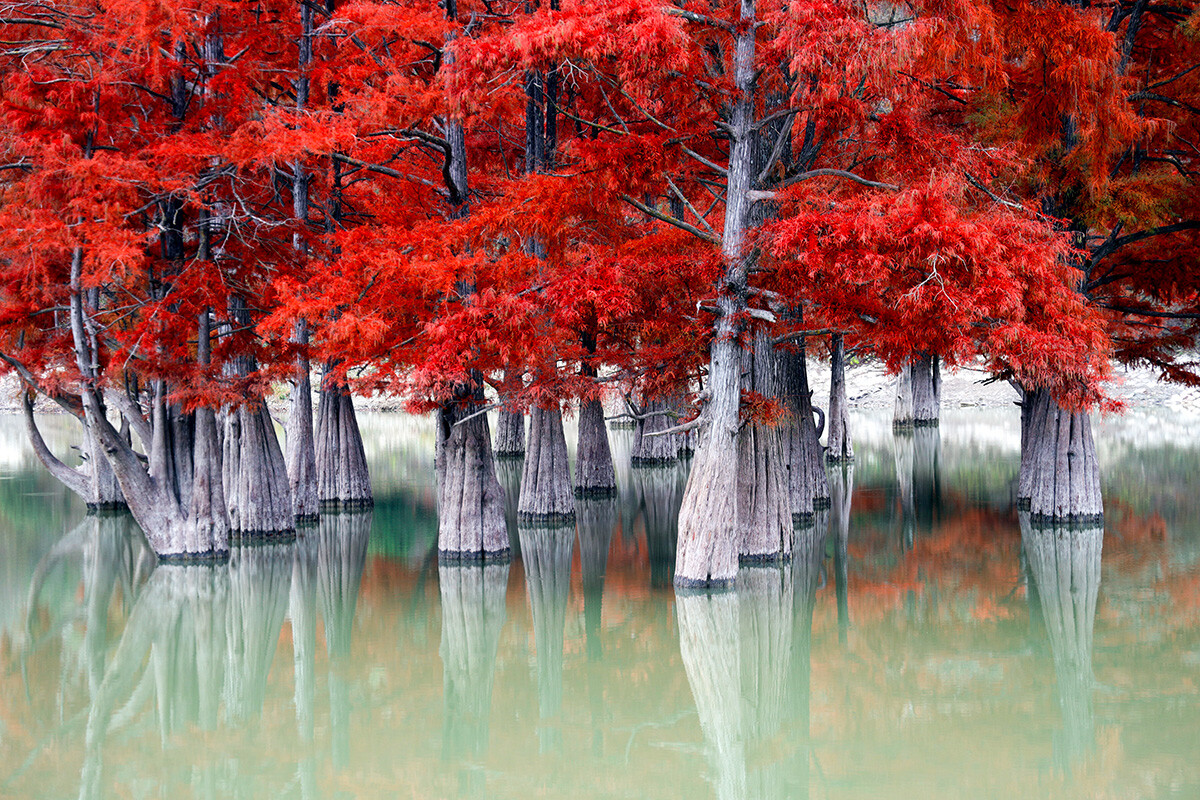
You can visit the village near Anapa again and again - just to observe how the appearance of Lake Sukko changes depending on the time of year. In spring and summer, its water amazes with the richness of blue and green shades. The sight is also stunning, because swamp cypresses grow on the lake, whose crowns also change color.

The City of the Dead near the village of Dargavs in North Ossetia dates back to the 14th-18th centuries and is considered the largest burial site in the North Caucasus. It has 95 crypt towers.
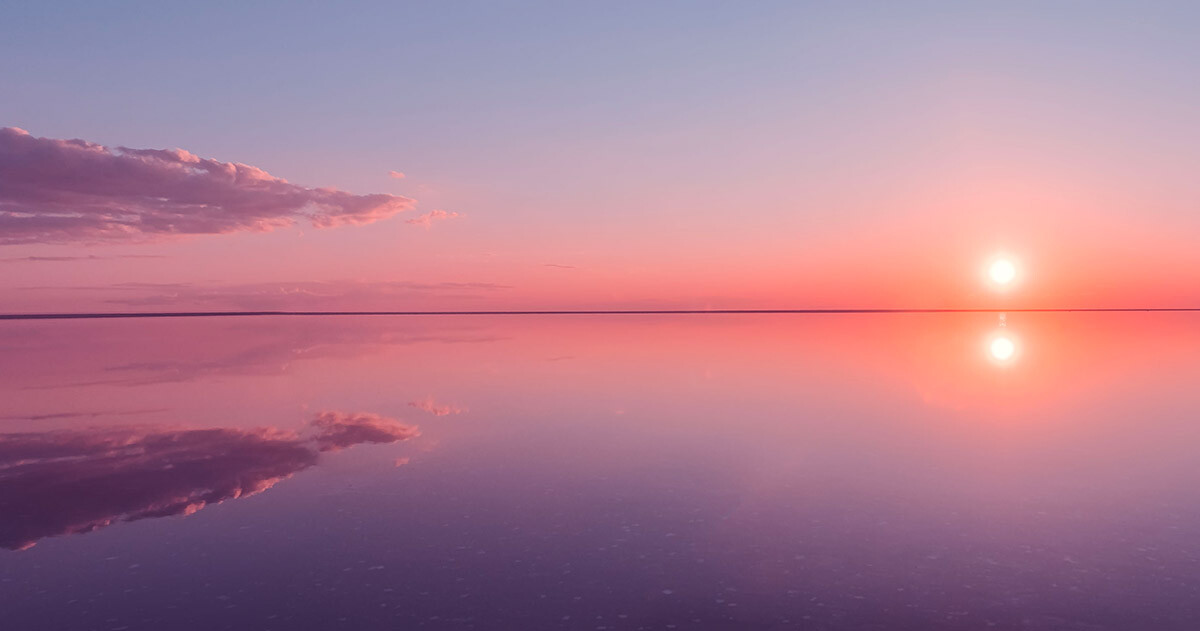
Thanks to special algae, the water in this largest salt lake in Europe is an amazing reddish color. People travel to it not only to admire its views, but also to improve their health. The local air and mineral mud allegedly have healing properties.
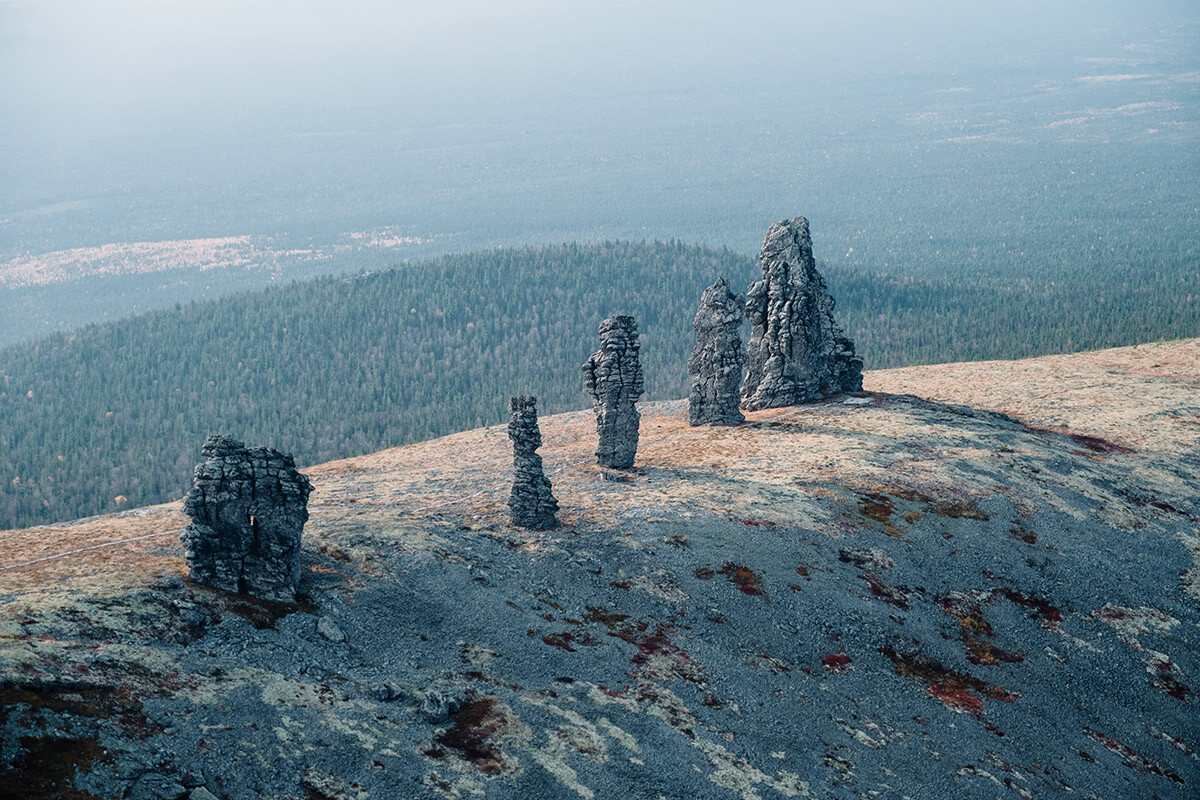
Seven stone pillars rise on the Manpupuner Plateau like frozen giants. The ‘Mansi idols’, as they are also called, are estimated to be over 200 million years old. They are considered sacred to the Komi and Mansi peoples.

The outlines of the boulders of the Demerdzhi Tract suggest someone's figures - some stones even have names, for example, ‘Giant’ and ‘Catherine II’. And the groups of pillars rising upwards are dubbed the "devil's fingers". The valley looks especially impressive when fog descends on it and everything seems slightly otherworldly.
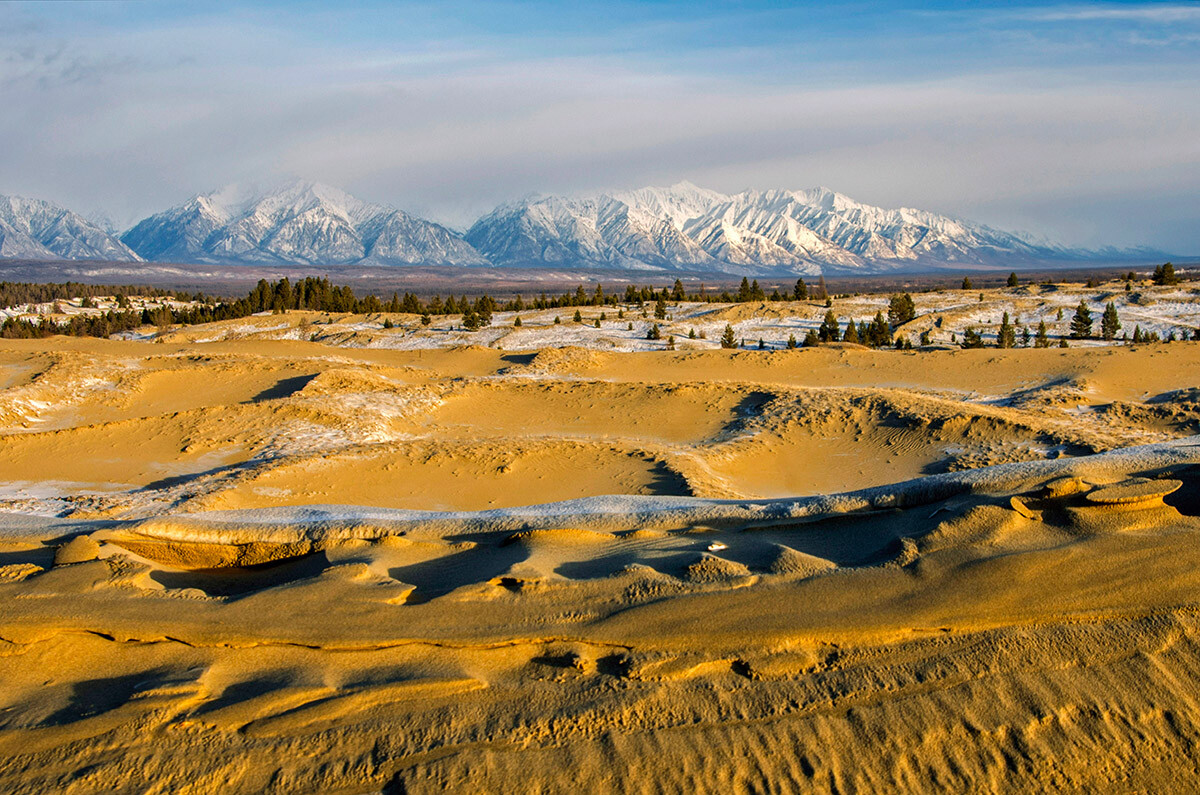
The Transbaikal mini-desert. It seems that nature has especially vividly demonstrated its sense of humor there: moving dunes are spread out in the foothills of the Kodar Mountain Range.
Dear readers,
Our website and social media accounts are under threat of being restricted or banned, due to the current circumstances. So, to keep up with our latest content, simply do the following:
If using any of Russia Beyond's content, partly or in full, always provide an active hyperlink to the original material.
Subscribe
to our newsletter!
Get the week's best stories straight to your inbox